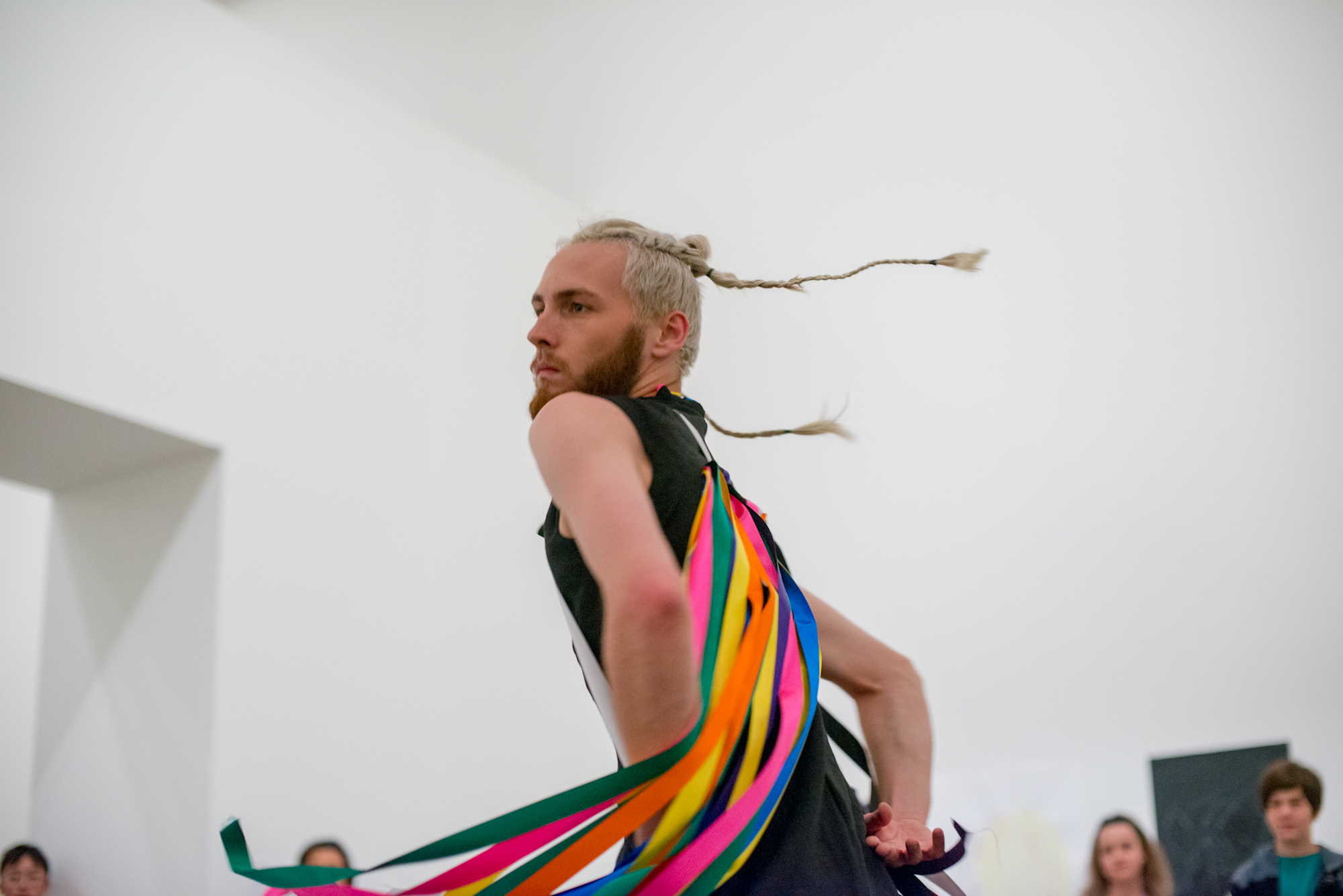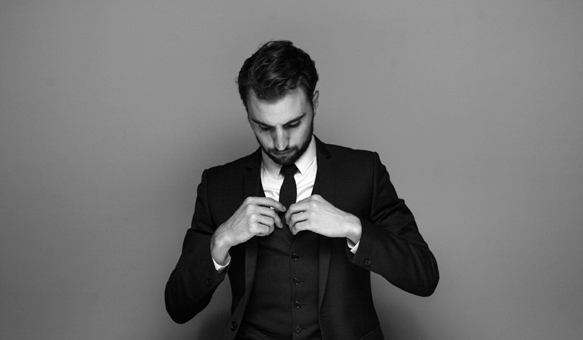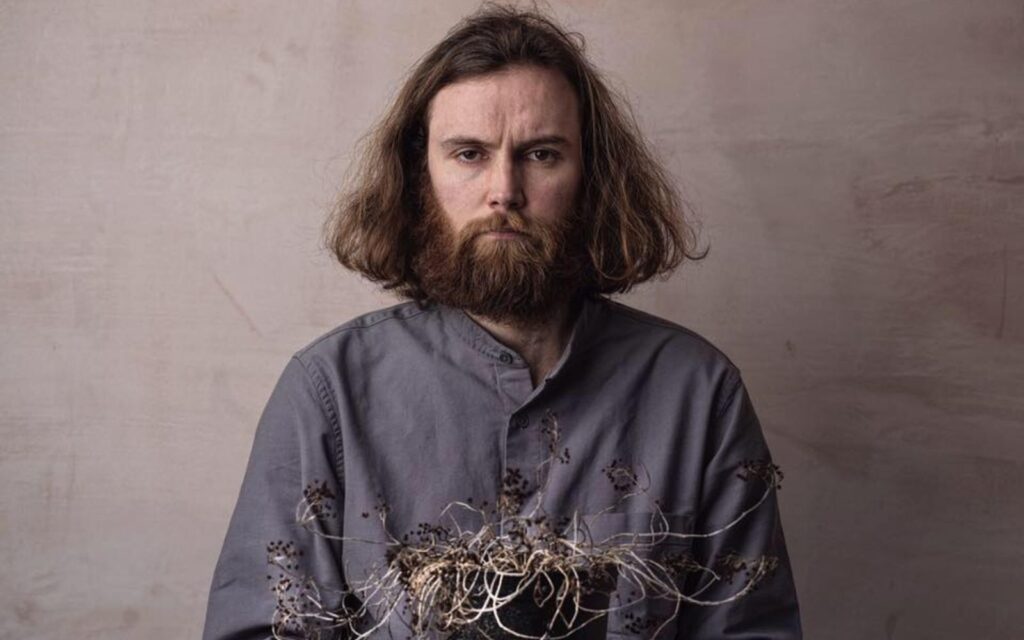Eke’s work, performed by herself, is about the aging body, and aging and its effect on memory, amongst other things. “It began with an interest in the aging body,” says the choreographer. “How they move. This work is addressing the ambiguity of age, of natural ageing. Aging is a natural process psychologically. But what about cultural age? This work looks at the idea of age; inside the work is the cultural ambiguity of aging, at the space between the two. The body changes: throughout history, culturally speaking; there have always been changes, for instance, at a certain age a woman becomes fertile, you’re able to procreate, but you usually do that about a decade later than your body allows you to. The piece progresses through natural aging. It gives us a new context to work inside of; it’s about the content rather than the production. The question of age, of ambiguity, is challenging. I would have liked to have worked with people of different ages for Fountain,’ Eke adds. “But there was no time to develop that. I’m amazed at the speed with which I’ve made it, how far it’s come in terms of progress. There is so much that compels me. We were invited by Chunky Move in March to create these works so there hasn’t been much time to develop them.”
Last year saw Eke’s show Monster Body at Danceworks confront audiences with her exploration of the ‘monstrous feminine,’ an intensely feminist show that seemed as much personal as political, dealing as it did with, amongst other things, private and public behaviour and what is expected/experienced of the female body in each sphere. How much of Fountain is about Eke? “No, it’s not personal,” she answers. “Parts of it come from my feminist awakening, from work I did in Monster Body. Parts of it have come from speaking with older women. What does it communicate to an audience watching a performance about aging by a symmetrical, healthy woman in her 30s? I am looking at that in relation to other images of the female body. I’d love to perform Monster Body when I’m in my 70s!”
Are there any particular challenges involved in creating Fountain? “That’s an impossible one to answer,” muses the choreographer. “Every work has its own challenges.” Eke has set herself the task to somehow have the actual work age as well. “But how can a piece age? When an audience experiences the work, it’s existed before and it will exist after them. It’s a different experience every night for us, seeing people, knowing that it wasn’t the person who was there last.There will be traces, left from earlier performances.” Traces of what? “Marks on the floor, that sort of thing. We are expanding the cycles of the dance. It lasts for 200 minutes altogether but only some pieces will be performed at any one time. Cycles are included in the life of the show, so some parts have happened before. It’s not completely choreographed; some things are undetermined. It’s about content rather than production. But there is a skeletal system.”
Eke is working with Daniel Yenatsch (of the band Skyneedle), who is the sound composer for Fountain. How does the choreography work with his music? “In this instance it’s being developed separately,” answers Eke. “We’ve played intuitively together, based on my ideas. Dan has recorded different sections and brought it back to the space. We’ve created more of an atmospheric space. He’s performing live with me, playing guitar and his recordings. I am playing with the idea of aging sound, with different options for doing that”, says Eke. How can that be? “We could burn a cd, for example, make a record that degrades the more often it is played.”
Will Eke continue to work solo or does she have plans to collaborate with other dancers in a group work? “I am keen to develop my craft as a performer. I’ve never been overly great at doing other people’s choreographies. My work is an extension of my body. I want to be able to continue to make work, to continue to produce my own solo shows as well as collaborating where I have conversations rather than choreographing on other bodies.”
BY LIZA DEZFOULI







